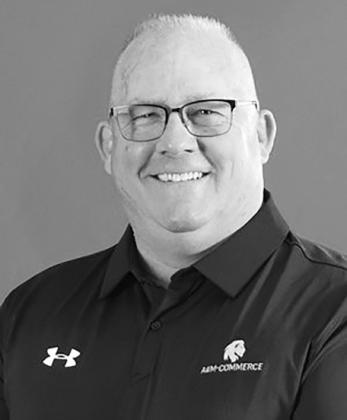Did you know college athletes make money? They are not paid by their colleges or universities, but they can receive gifts from boosters; make deals with companies to use their names, images and likenesses; and endorse products. How can college athletics be called amateur when students are receiving money equal or greater than professional athletes? It is mainly the Power 5 colleges where big bucks are given to athletes, but even small colleges are allowing monies be given to student-athletes for their Name, Image, and Likeness (NIL).
The landscape of college sports is ever-changing by the expansion of the transfer portal, conference realignments, and the increasing value of personal brand (NIL). Nationwide, college athletics is experiencing a major change due to the rapid implementation by the National Collegiate Athletic Association (NCAA) of rules on athletes accepting benefits and earning money for their name, image, and likeness (NIL).
Arch Manning, a highly sought-after high school recruit chose to play for the Texas Longhorns. It is reported he has received an impressive $3.2 million in NIL money this season. Is he the starting quarterback for Texas? The answer is no. He was a backup to Quinn Ewers. Manning is expected to back up Ewers again in 2024.
Now compare this to NFL San Francisco starting quarterback Brock Purdy. Purdy earned a modest $870,000 for the 2023-24 season. When comparing a backup Power 5 quarterback to the 49ers starting quarterback it is obvious there is a disconnect with this formula.
The NCAA has always considered itself to be amateur athletics. NIL has transformed that premise by allowing student- athletes to receive financial compensation. This is a game changer for college sports. The new NIL policy allows all NCAA Division I, II, and III student-athletes to be compensated for their NIL.
I am not totally against NIL monies being given to college athletes. When college coaches and universities are making millions of dollars then I also believe college athletes should be able to share in the profits. After all, without the players there would be no entertainment for the fans. We understand most of the players receive scholarships to pay for their education but I also think they should share a modest amount of the profits.
I believe the modest sharing should be uniform with the players on the team. There could be a layer approach but regardless of how it is shared, I believe currently it is out of control. When back-up college players are receiving more than starting NFL players something is not right in this equation.
High school administrators and coaches need to stand strong and not allow this to enter the high school ranks. It is tough enough with having televised games and internet game streaming to keep high school athletics pure but it is a must to not allow high school sports to be professionalized.
Texas high school is under the University Interscholastic League. (UIL). The UIL rule says: the amateur rule states the first-class day of a student’s ninth grade year, and is in continuous effect during the school year and summer months until all athletic competitions are completed in the 12th grade. The student at all times (whether in school or outside school) shall abide by the letter and intent of amateurism, as set forth in this section. The bottom line is high school students cannot receive money and be considered amateur.
Thought for the week, “People want to understand why players are transferring schools and getting money to do it.” Nick Saban
Dr. Jack Welch is an educator and college football coach. His doctorate is in educational administration, and he has been an educator, administrator, and football coach, mentoring young minds, for over 40 years. He is also the author of Foundations of Coaching. He can be reached at jackwelch1975@gmail.com.


